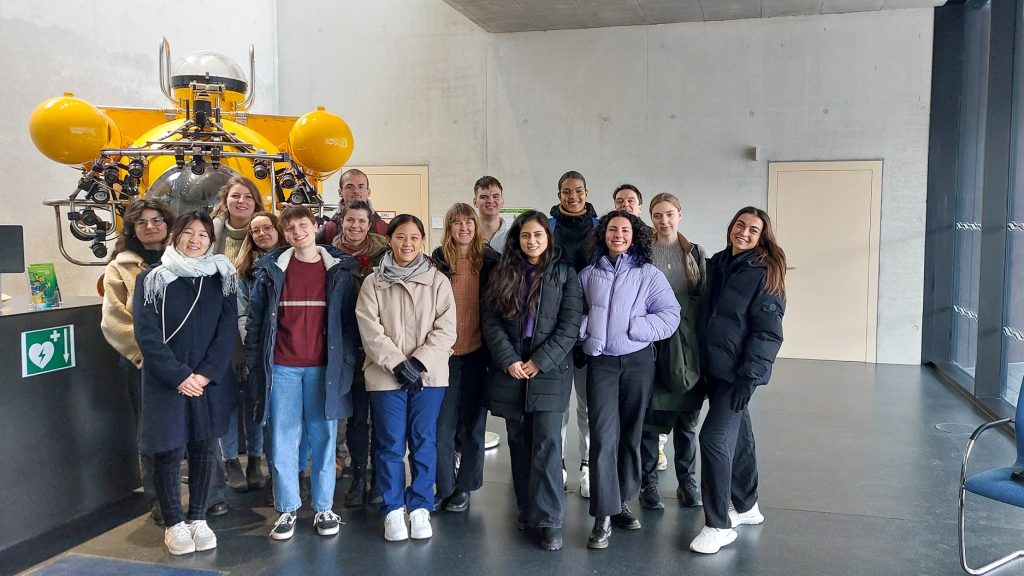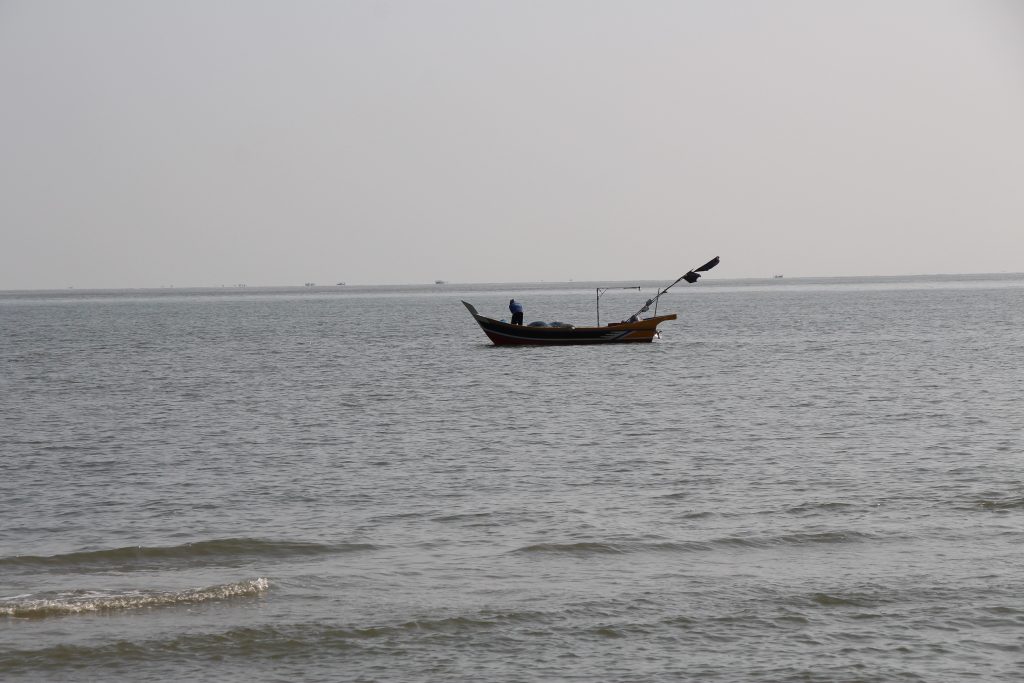Research into light pollution in Malaysia
Imagine you are walking along the promenade or through your favorite street at night. What do you see? The glow of streetlights, ship lights, illuminated shop windows. You probably see something, right? While actually, it should be dark. The issue at hand is light pollution. Artificial light at night is an environmental problem that often is underestimated. In many coastal regions, street lighting, harbor facilities and tourist infrastructure turn night into day. But how does it effect marine communities?
This is what the GAME project has been investigating for several years. To conduct local experiments they sent international research teams to various countries. It brought me, Max, a Master’s student (Sustainability, Society and Environment) at Kiel University, to Malaysia in 2024 – more precisely to the island of Penang. Fun fact about Malaysia: because of the religious diversity the country has up to 25 public holidays per year – almost every fortnight (we still had to work, though…).
But back to the topic. Our aim in Malaysia was to find out about the impact of light pollution on algae. More specifically: how does light pollution affect the growth and defence mechanisms of macroalgae? We carried out experiments from April to September at a field station of University Sains Malaysia in Penang National Park – and yes, the daily commute there was a bit of an adventure: by boat and through the jungle.
About the experiment – and unexpected visitors
We chose two algae species for the research project – both ecologically relevant and widespread in tropical waters. During the experiment we measured, how the biomass changed under different light conditions (with and without artificial light at night). We also measured the change of defense capacity of the algae against predation by sea urchins. In the picture below, you can see our set up. The black foil was intended to prevent contamination through light from other sources. The experiments kept us busy until the end of August. Weighing algae, catching sea urchins, checking water quality and (unfortunately) statistics were part of our daily tasks.
Scientific challenges, such as power cuts or a lack of algae were on thing to deal with. A whole other thing was working outdoors at a constant of 30 °C and high humidity. It was physically demanding but exciting at the same time. From time to time we had animal visitors: curious monkeys that not only stole our food, but also sea urchins. Or large lizards that were up to no good in the lab. The poisonous jellyfish stopped us from going swimming despite the heat.
No research without coffee – our everyday life at CEMACS
Our everyday life at the institute called CEMACS was just as exciting as the wildlife around us. Every morning we travelled by boat through the national park to the station or – if we were to late – hiked through the tropical jungle. Heat and humidity quickly turned the easy paths into a sporting challenge, but the view of the sea made up for everything.
In the lab we made a great team. While I made fresh coffee every morning, my colleague Cheow Mei sticked with tea – coffee just isn’t her thing. Nevertheless, our little coffee break after lunch quickly became the meeting point for half of CEMACS. Since then, the lab was called the ‘Ce-Max Coffeeshop’.
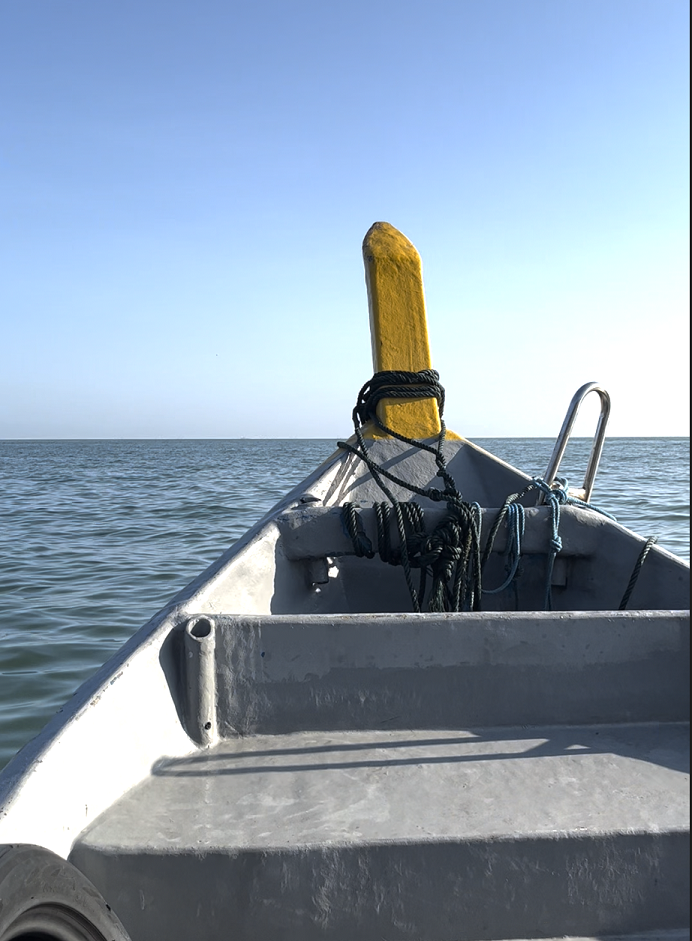
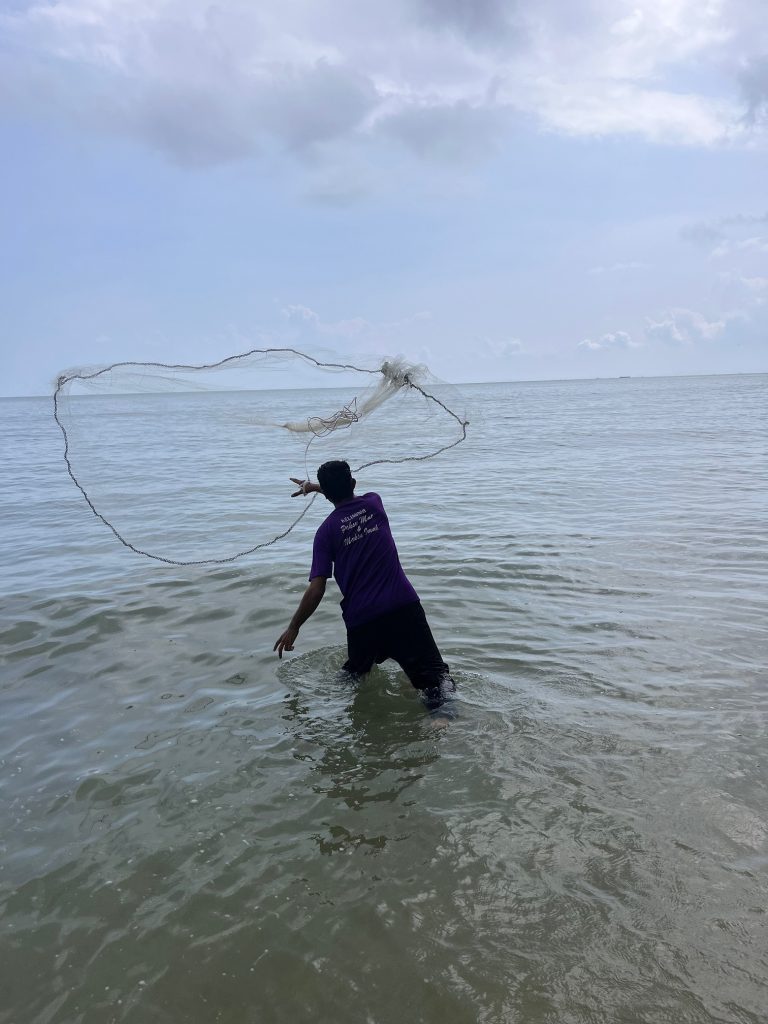
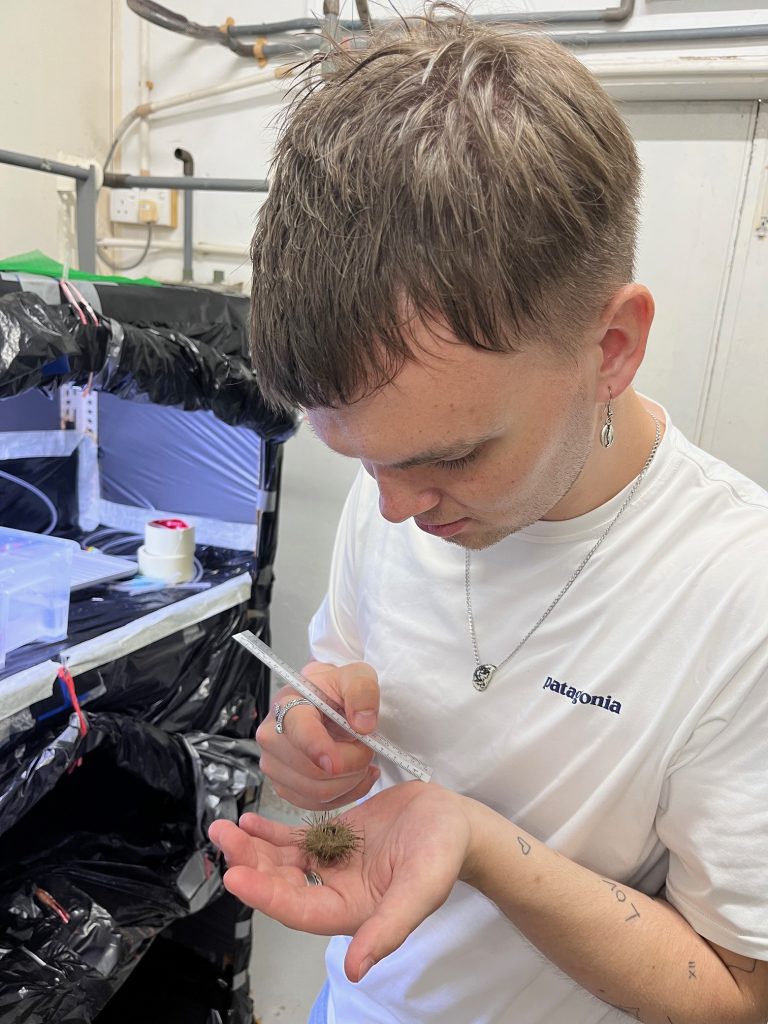
So, what is all this for?
Light pollution may not be one of the most pressing environmental issues that people discuss, but its impact on our ecosystems is real. Organisms that cannot simply flee from light are particularly affected. Plants and sessile animals such as macroalgae, mussels, seagrass and even terrestrial species have no defense against the artificial light of the night.
These organisms have adapted to the natural rhythm of day and night over millions of years. If this cycle is suddenly disturbed by artificial light sources, their internal rhythm is disrupted. The consequences can be significant – from slower growth and disrupted reproduction to increased stress levels and shifts in predator behaviour.
In marine coastal ecosystems in particular, where many species are closely intertwined, even a minor disturbance can have a significant impact. For example, species can be displaced if a certain type of algae grows faster under artificial light. It is therefore worth taking a closer look, specifically even at problems that we often do not even notice with the naked eye, because even minimal light intensities are enough to have a strong influence on the rhythm of many living organisms.
Especially in marine coastal ecosystems, where many species are tightly connected, even small disruptions can cause a large impact. For instance, if certain algae grow faster under artificial light, it can push other species out of their habitats. That’s why it is worth taking a closer look—particularly at issues we often can’t detect with the naked eye.
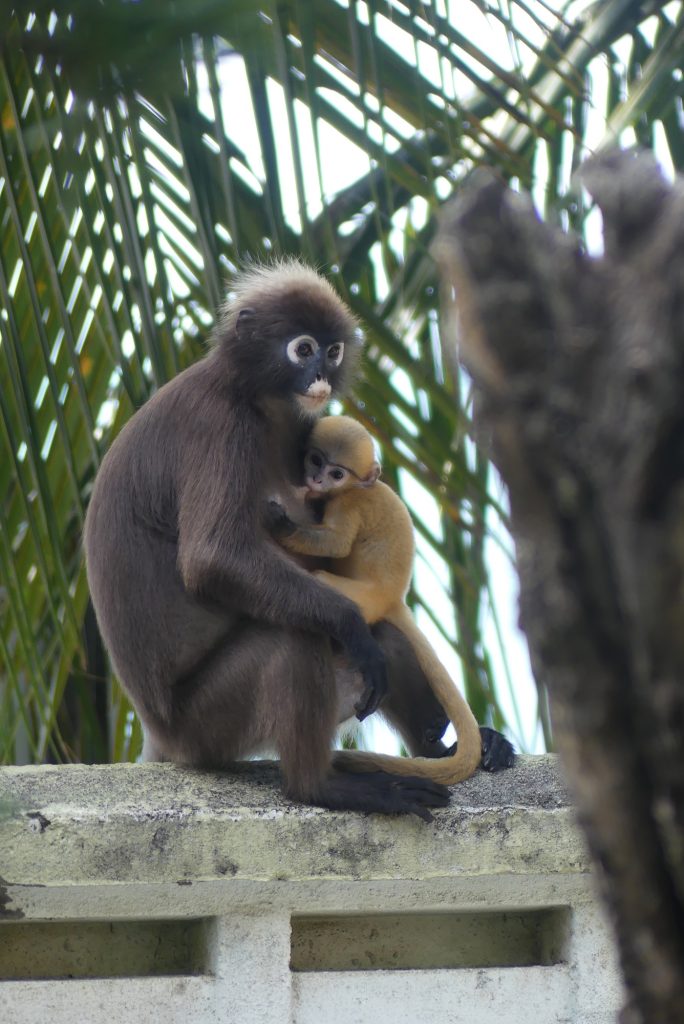
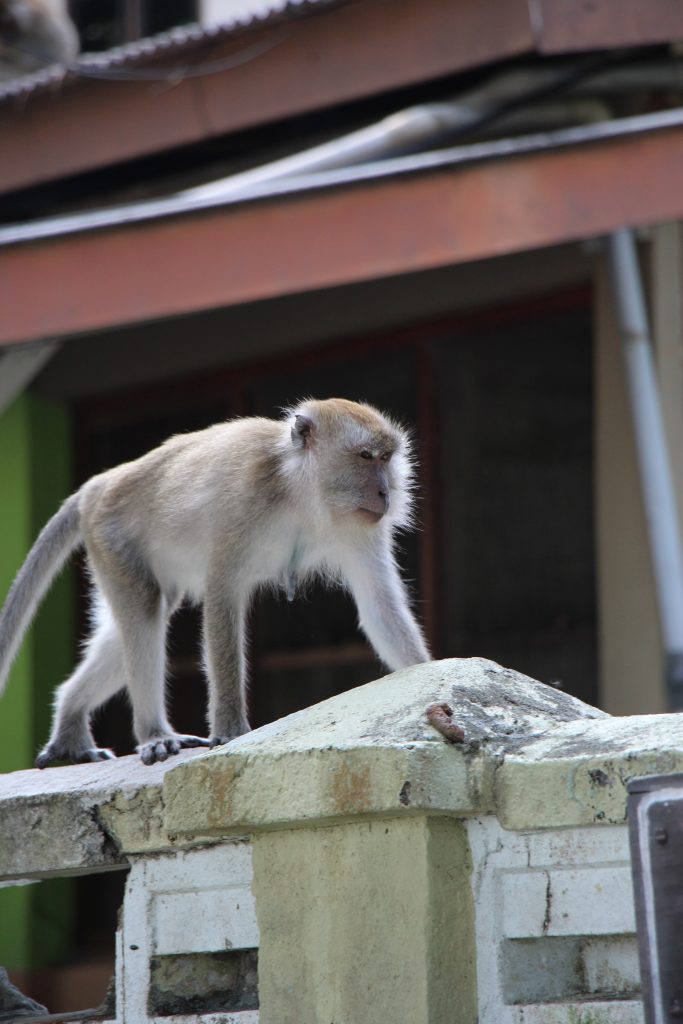
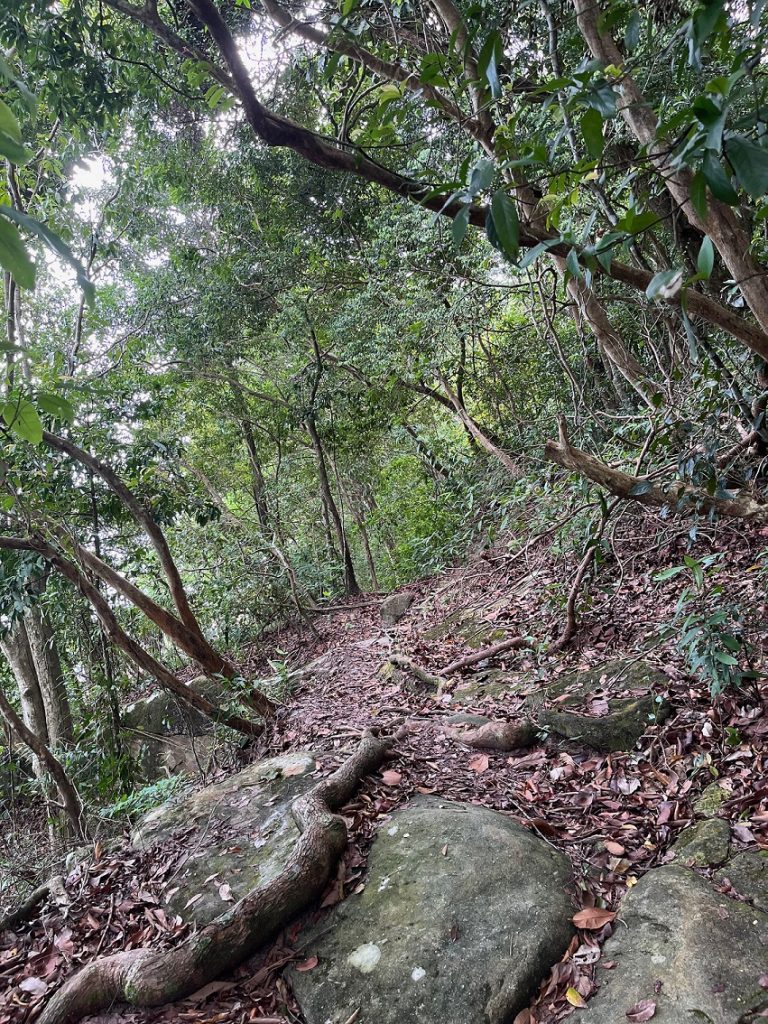
What have we found out in Malaysia?
Of course, I want to share with you, what we actually have found out in Malaysia. For one algae species we were able to observe that yellow light does not affect the biomass, but white light does. The algae grew more under white light pollution. We did not see any influence on the defence capabilities.
For the other algae species we observed an effect under both, white and yellow light pollution — in different directions, however. In other words, the algae grew more in white light, but less in yellow light compared to growth in natural darkness. No differences were found for the defence capabilities.
And at last — what does that mean?
Well, research on light pollution and macroalgae is still in its early stages, and we were the first international team to take on this topic. Because of that, there’s currently no existing data to compare our findings with—so we can’t yet say whether the effects we observed are surprisingly high or low on a global scale. However, there are some insights that we can take away:
- light pollution has an effect on macroalgae.
- We do not know whether the effects are positive or negative for the algae.
- fast-growing algae are more likely to grow under light pollution.
Light pollution changes the ecosystem (e.g. faster growth). However, the effects are (still) unclear. To keep the research going, here’s a small appeal at the end. GAME is still looking for Master’s students who wish to participate in the 2026 project. You can find more information about the GAME project and how you can take part here: www.geomar.de/game
P.S.: You don’t have to be a marine biologist. I studied geography 😉
Max
